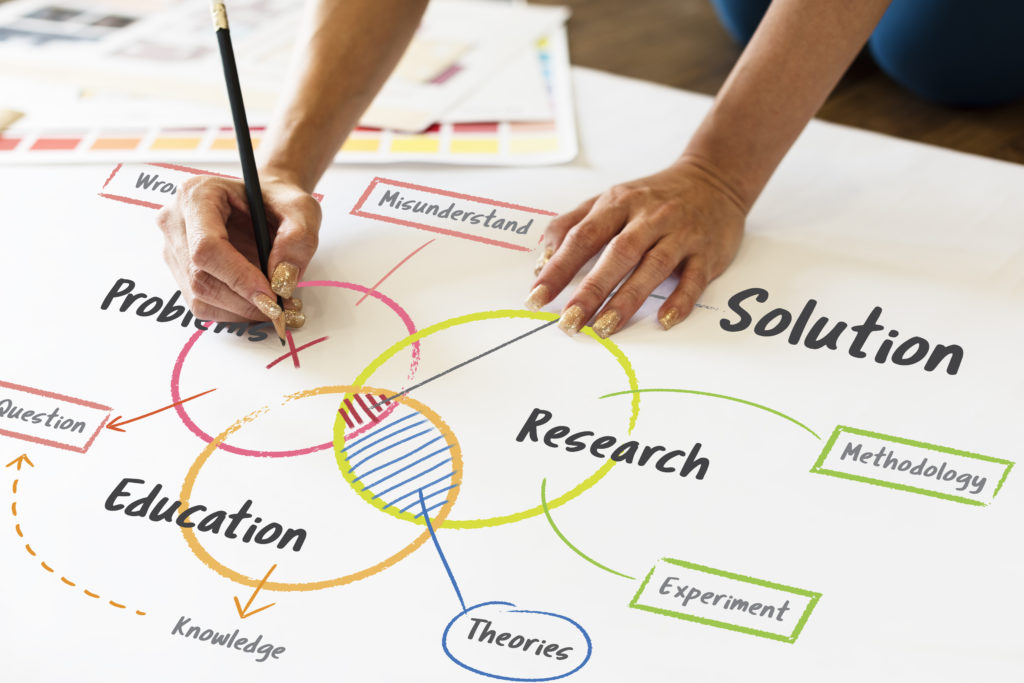What the janitor said
Let’s take a journey back in time to the 1960s, a period when innovation and ambition were soaring to unprecedented heights. It was the era of President John F. Kennedy, and he had a vision that would change the world – the race to the moon.
President Kennedy set an audacious goal: to put a man on the moon and return him safely to Earth by the end of the decade. It was a mission that captivated the nation, inspired scientists and engineers, and ignited the flames of innovation.
But here’s a lesser-known part of that story – the janitor at NASA. One day, President Kennedy was visiting the space centre, and he noticed a janitor carrying a broom. He approached the janitor and asked him what he was doing. The janitor didn’t say, “I’m sweeping the floors,” but instead, he looked up at the President and replied, “I’m helping put a man on the moon.”
This janitor embodied the power of a mission-driven approach. He wasn’t just cleaning floors; he was part of a grand mission. Every task, no matter how small, was contributing to a larger purpose – a purpose that was specific, measurable, achievable, relevant, and, most importantly, time-bound. It was a purpose that was evaluated and reviewed at every step of the way.
What does it mean for our priorities
Fast forward to today, where we find ourselves revising the National Science and Research Priorities. These priorities, like President Kennedy’s moonshot, are intended to guide our scientific efforts in addressing Australia’s challenges. They are meant to serve as a roadmap, a vision, and a commitment to delivering tangible benefits to all Australians.
The current approach seems to fall short for a number of reasons. We have had National Science and Research Priorities for eight years and four Prime Ministers, in that time there hasn’t been a real deep-dive into the impact of even having priorities in the first place. Have the priorities improved our science and research? Have they fostered innovation or stifled it? Do we even know what success looks like here? I don’t know the answer, but going down a priorities path without the evidence-base to support that approach appears contrary to the very nature of science and research.
Secondly, we are told that these priorities don’t exclude other research endeavours – but they do. They are often determinative in funding decisions, even programs that are meant to be industry-led. They are drafted in generalised terms that encourages manufactured alignment to meet funding requirements, rather than to meet a required impact. In this way they are the the classic are all care, but no responsibility. We don’t know if or when we are winning against our own stated priorities.
To make these priorities truly effective, they should evolve into challenge-led initiatives structured around the S.M.A.R.T.E.R framework – Specific, Measurable, Achievable, Relevant, Time-Bound, Evaluated, and Reviewed. Such an approach would provide clear direction, foster ambition, and, most importantly, focus on driving meaningful impact.
For example, let’s take Priority 1: Ensuring a net-zero future and protecting Australia’s biodiversity. What if we set a specific target like achieving a 65% improvement in energy productivity by 2030 and 90% by 2040? This would give us a clear mission, just like the moon landing, and drive us to innovate and achieve remarkable results.
By taking this approach, we provide genuine focus to the impact of the priorities, while simultaneously creating space for other research initiatives. Specificity is key; it transforms these priorities from generic catch-alls into laser-focused missions that leave little room for reinterpretation without accountability. It means funding decision-makers can apply them as a ‘tiebreaker’, they can be a ‘nudge’ rather than the be all and end all.
First Nations Knowledge
The recent consultation process asked for feedback on how to engage with First Nations people, knowledge, and knowledge systems. The irony of seeking predominantly non-First Nations people’s views at the same time we are advocating The Voice to Parliament is not lost on me. The consultation on these issues should be crafted and led by First Nations people themselves, not imposed or issued with permission from non-First Nations people.
More importantly, I was struck by the fact that challenges outlined in the ‘closing the gap’ report weren’t explicitly highlighted in the priorities. As a nation we are consistently and monumentally failing to reach ALMOST ALL of our own targets in ‘closing the gap’. Surely, if anything should have an explicit science and research priority, these should. If they are not worth putting our best minds and resources into – what is? Making ‘closing the gap’ a specific priority also creates a dedicated avenue for First Nations peoples, knowledge, and knowledge systems to be explicitly embraced, leveraged and applied.
Getting serious about impact
Adopting a S.M.A.R.T.E.R framework for our priorities will allow funding bodies to fully understand how rigorously they are applying the priorities and the space they are genuinely providing for research that falls outside these defined bounds. It will mean proposals for funding that seek to align with priorities will need to demonstrate how they will contribute to a specific impact metric and timeframe – no more ‘buzzword bingo’ to manufacture an alignment.
Let’s draw inspiration from the past, where President Kennedy’s vision took humanity to the moon. Let’s transform our National Science and Research Priorities into well-defined, time-bound missions that drive innovation, progress, and lasting impact. These priorities can be our modern moonshot – ambitious, focused, and driven by a collective commitment to a brighter future for all Australians.

